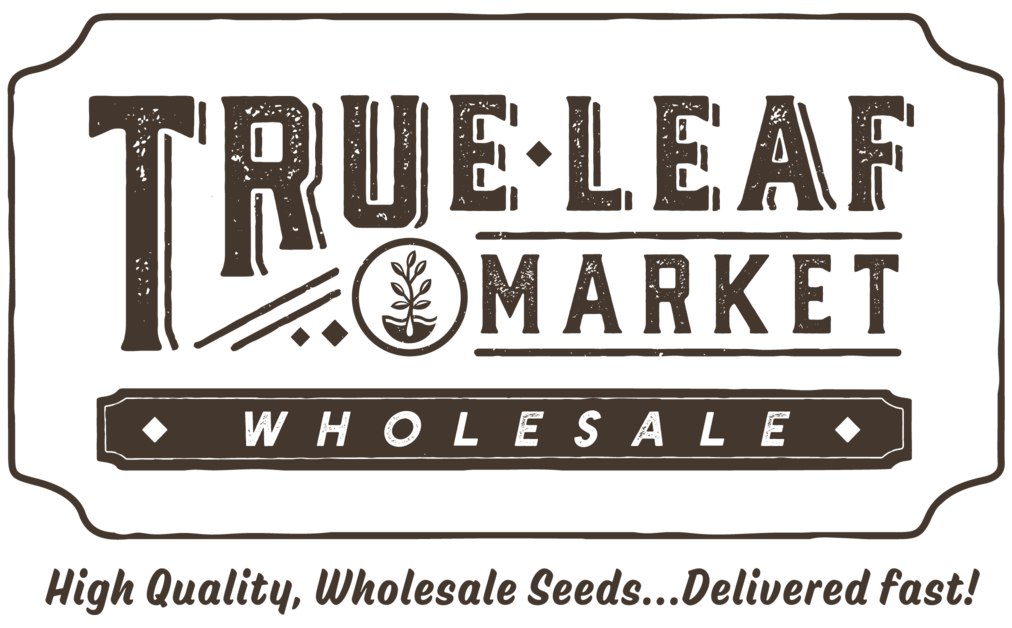Growing New Yorker Heirloom Tomato Vegetable Garden Seeds
New Yorker Tomato Seed Growth Habits:
New Yorker heirloom tomato seeds grow compact determinate vines and are an excellent choice for gardens with limited space. The plants produce a crop of 4- to 6-oz. round, red tomatoes in just 65 days after transplanting.
New Yorker seeds should be sown indoors 6 to 8 weeks before your last frost date, as tomato plants are very sensitive to frost. New Yorker tomato seedlings should be hardened off gradually before they are transplanted into a sunny location with well-draining soil.
Like most tomatoes, New Yorker tomatoes prefer soil that is slightly acidic (6.0) to nearly neutral (6.8) on the pH scale.
While the fruit of the New Yorker variety is crack-resistant, watering consistently to ensure evenly moist soil will help prevent cracking as well as blossom end rot.
Various Uses for New Yorker Tomatoes:
New Yorker tomatoes are one of the earliest slicing tomatoes available, allowing many in Northern climates to enjoy fresh tomatoes as early as the 4th of July. They are delicious on salads, sandwiches, and burgers.
New Yorker Heirloom Tomato Benefits:
Rich with vitamins, including vitamin A, vitamin K, and vitamin C, as well as minerals, including calcium, iron, and potassium, red tomatoes like the New Yorker, can help you maintain a healthy diet. New Yorker tomatoes also contain lycopene, which is an antioxidant known to have health benefits for the heart and eyes.
Additional Information:
This heirloom was developed in Rochester NY, by Dr. Robinson in Geneva, NY over 100 years ago. A great choice for norther areas with shorter growing seasons. An early-season slicing tomato, it is fairly tolerant to cold. Start indoors and transplant after the last frost, for ripe, delicious garden tomatoes by the 4th of July. Grows on a compact bush, and produces for about a month.
Pull up the plant and shelf ripen the remaining tomatoes. Crack resistant. Disease Resistant: V, A, EB. Determinate, Warm Season, Full Sun. Tomatoes are native to the tropical regions of South and Central America and love warm weather and plentiful sunshine. However, since first being introduced to Europe in the 16th Century, different tomato cultivars have been developed and grown globally in numerous types of climates.




